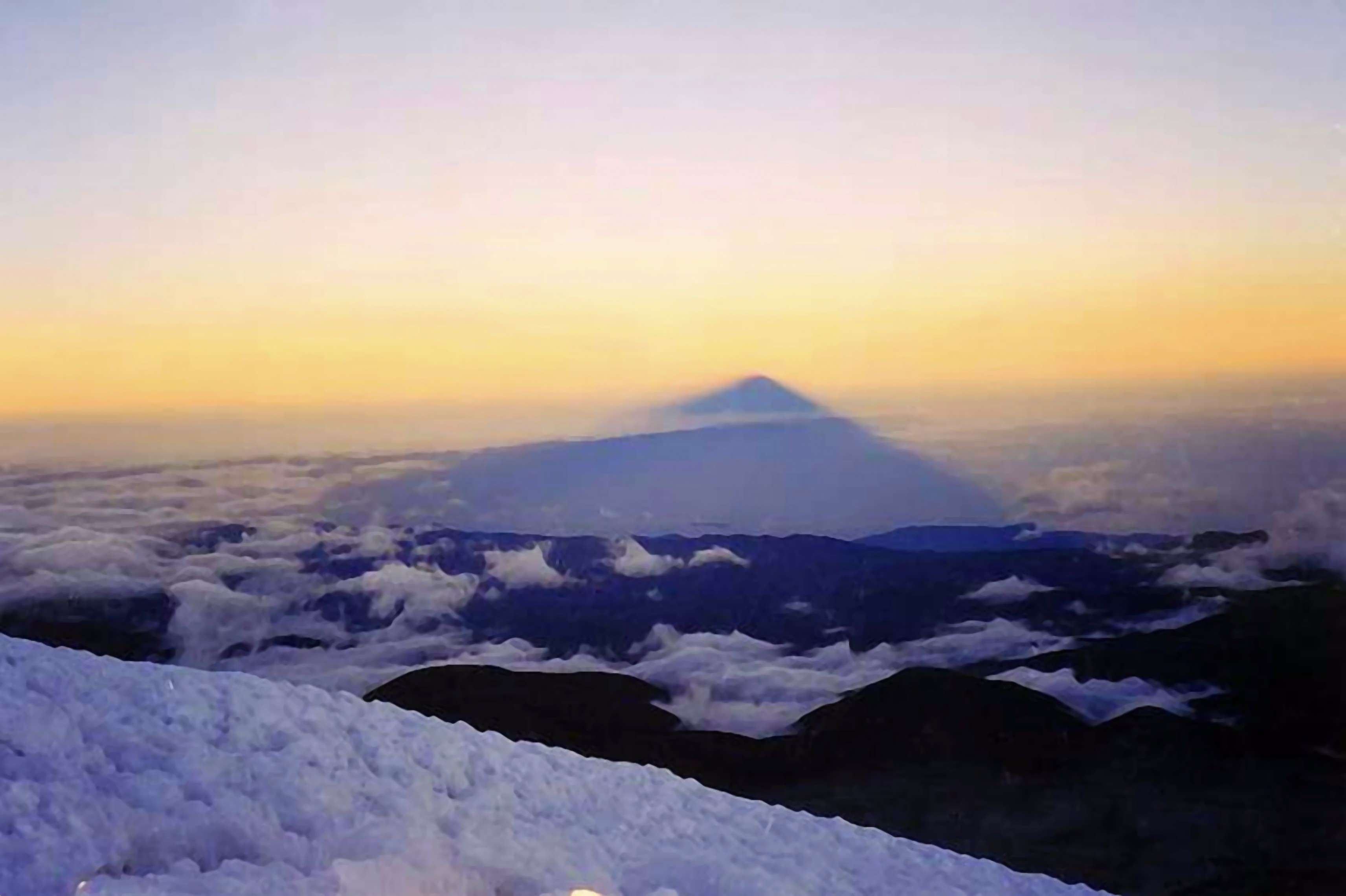Any theory of history that applies to everything except China, is not a theory of history. And China does tend to be exceptional with regard to most theories of history derived from observing Europe and the Middle East. By expanding the argument from marginal rainfall alone as the trigger to labor intensive agriculture, to cooperative labor intensive agriculture, we can explain China as well. Rice production is incredibly labor-intensive. The development of a successful crop that is labor-intensive begins the cycle of labor as being the main value-adding
component of economics - and any system that organizes humans will handle labor more efficiently. Marginal environments force this to some degree, but if we end up with a potential super-crop like rice that requires massive amounts of cooperative labor, we might end up with the same result.
The orginal enucleation of states was about wealth as it related food. But what's unfortunate is that living in a highly regimented agricultural society is in many ways less fun than being a hunter-gatherer; yes you're fed and defended, but at the price of existing in a rigid, inescapable status hierarchy, and psychologically we're still better cut-out to be foragers than farmers. So if conditions emerge such that wealth creation is possible without central states, we should expect this trend to accelerate, absent those states working to prevent such concentration of wealth away from their treasuries (which has certainly happened - today it's one of the less-often-stated functions of high marginal tax rates, right down to the Aztecs who would just execute non-government-officials who got too wealthy and crossed some magic line). This is why the idea of seasteading, and experiments like it, are so intriguing.
[Added later: this great Bloggingheads featuring Jon Haidt, who recently released The Righteous Mind, which expands on the idea that reasoning is really a form of rhetoric and points out the different prioritization of cognitive dimensions among people of different political and religious stripes. In this passage he discusses the development of agriculture in China and possible selection effects of rice-farming over the long-term, pointing out the political effect of labor-intensive agriculture.]

